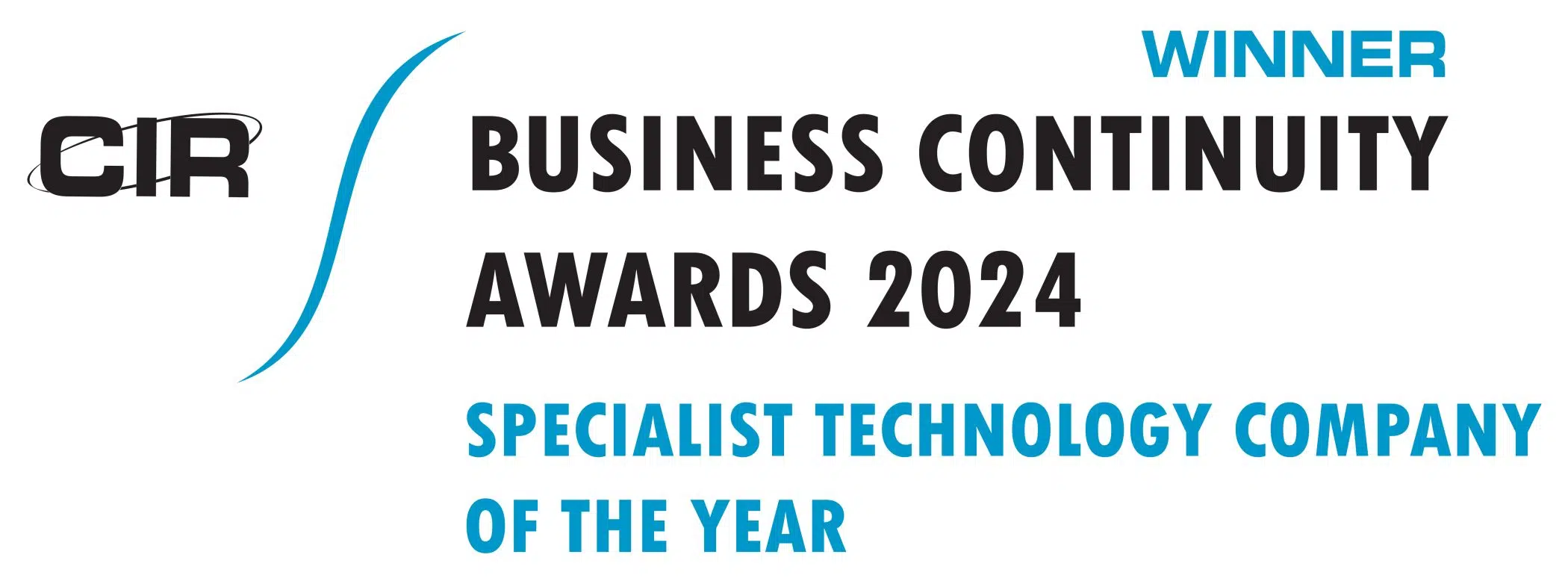In crucial sectors like healthcare and transportation, ensuring seamless IoT connectivity is critical. In healthcare, IoT supports time-sensitive operations, such as patient monitoring systems, doctor-to-doctor communications, emergency alert notifications and remote medication management. Disruptions in these internet-connected processes can significantly impact critical healthcare operations in life-and-death situations.

Making existing solutions more resilient - what can we implement to improve overall reliability?
At CSL our journey began with single-network SIMs which we used as a back-up to PSTN lines, which whilst very robust, were prone to occasional outages. The SIMs themselves at the time also experienced occasional, yet disruptive outages.
An increasing problem is ‘signalling storms’. As IoT becomes more successful and there are more SIMs to maintain, the impact of outages is larger, causing signalling storms. These instances occur when thousands of connections try to restore simultaneously, this overloads the mobile network and extends the outage beyond the original problem, extending the time downtime.
From here we evolved to use multi-network roaming SIMs. Roaming SIMs allowed devices to access all / nearly all networks in the country it was being used in, providing resilience beyond a single network local SIM. In CSL’s latest security products, we take it a step further and use multiple roaming SIMs from different operators to ensure always-on, real-time connectivity.
As we innovate to overcome the issues caused by loss of connectivity, we are essentially trying to ensure we are protecting the people, properties and profits, that our services connect.
In our pursuit of dependable connectivity, we encounter the challenge of striking a balance, necessitating trade-offs such as choosing between advanced devices or covering the expenses of maintaining two or more active SIMs. To address this, we collaborate closely with Mobile Network Operators (MNOs) to provide devices equipped with multiple SIM cards, ensuring our customers are shielded from unnecessary costs.
Many of the challenges we have experienced here at CSL Group have led us to conclude that in today’s world devices where always-on connectivity is required should not depend on a single SIM. Creating a dynamic solution will improve the resilience of our connections – with that dynamism being a way to automatically switch from one Mobile Operator core connection to another.
Furthermore, we established that being able to offer a multitude of connectivity options, including satellite, allows critical infrastructure to maintain a reliable connection in areas where fixed and cellular connectivity are challenged.
Keeping our connections safe

In the realm of connectivity, resilience extends beyond mere uptime; safeguarding against cyber threats is equally crucial. At CSL, we recognise the potential impact of cyber threats on critical infrastructure, prompting us to develop robust security measures for our connections.
Building on these security foundations, CSL employs advanced cybersecurity features, as outlined in our dedicated cybersecurity blog.
Cybersecurity is paramount in our interconnected world, particularly for IoT devices that are increasingly targeted by external attacks. CSL’s cyber-secure IoT SIMs and routers offer a multi-layered security approach:
- Private networks eradicate the potential threat of public address scanning.
- Encrypted private APNs for added security.
- Improved data protection is ensured through encryption and secure protocols.
- Unauthorised access and device manipulation are actively prevented.
Future Technologies
As our dependence on IoT connectivity grows and we transition into an increasingly digital world, so does the urgency to address the substantial impact of downtime on critical operations.
Critical means different things to different people. Looking ahead, the integration of IoT in Electric Vehicle (EV) charging systems introduces a new dimension of criticality. While EV chargers may seem non-critical at first glance, downtime could impact a person’s ability to charge their vehicle, leaving them stranded until a connection is restored. This has also been recognised by the UK government which has recently mandated availability targets to guarantee a 99% reliability rate and real-time availability updates for all public charging points, which CSL supports fully.
For the millions of new EV owners, these repetitive inconveniences and disruptions can sway buyers into reverting to hybrid or even fully petrol cars, evidently having an impact on government sustainability plans and delaying the evolution of the EV market.
In the ever-connected landscape, CSL prioritises reliability and security against disruptions. From encrypted connections and regular testing to exploring future technology, we are dedicated to providing diverse and resilient connectivity options. Discover more about our innovative IoT solutions as we shape a future network that stands resilient and secure.











